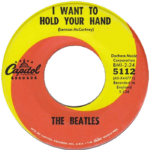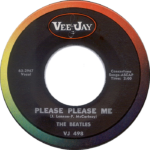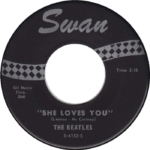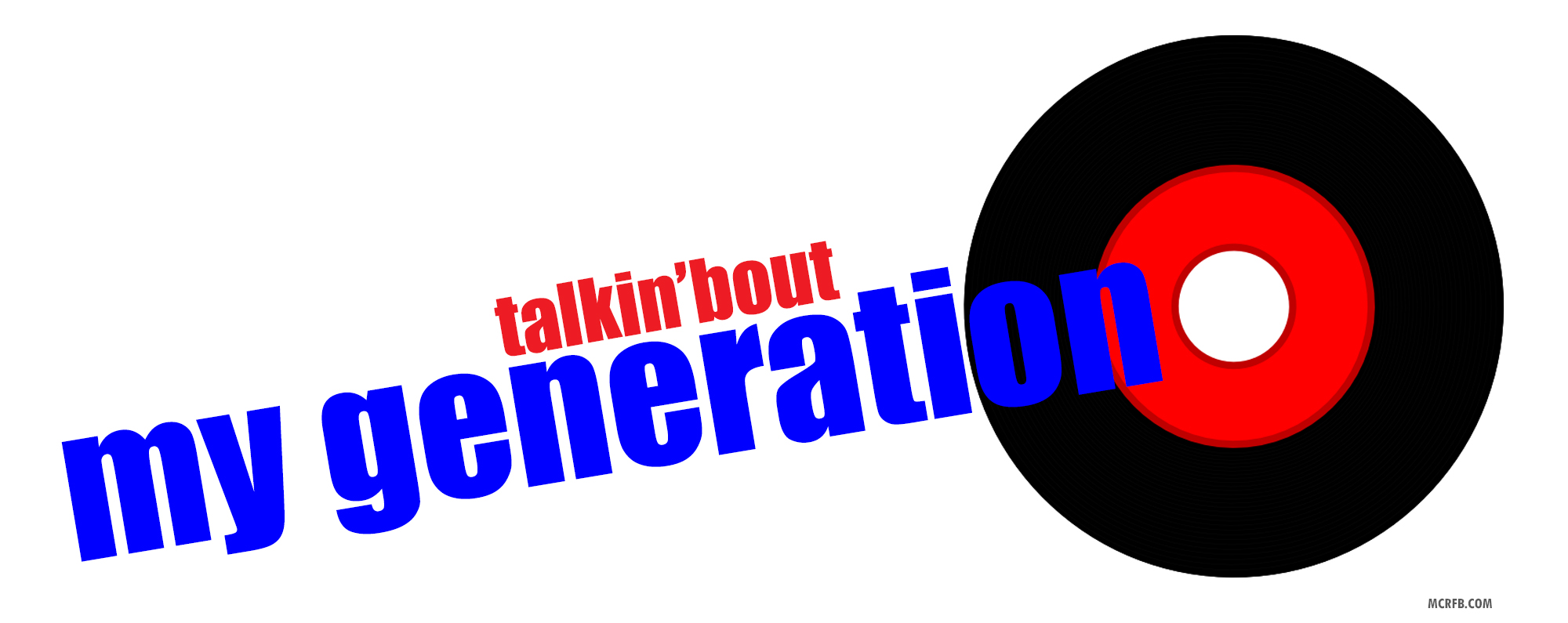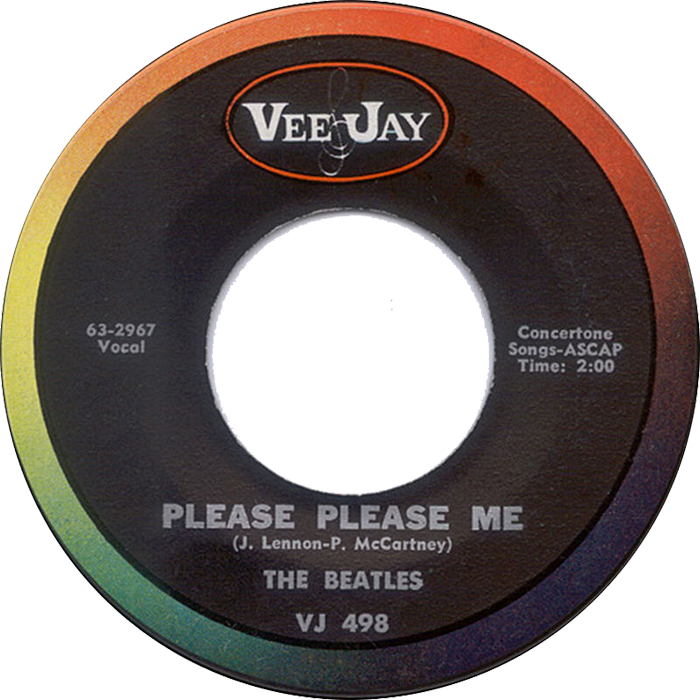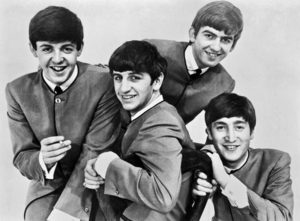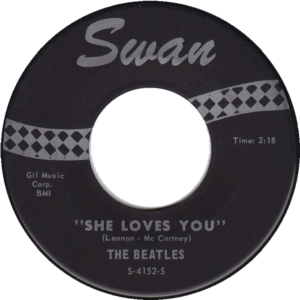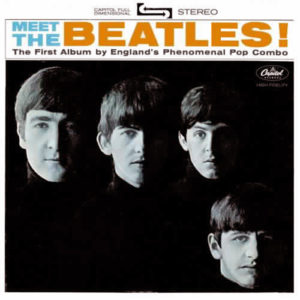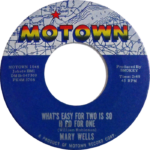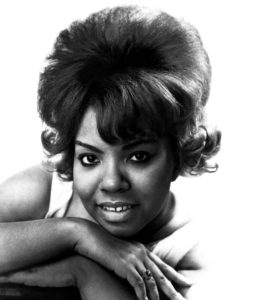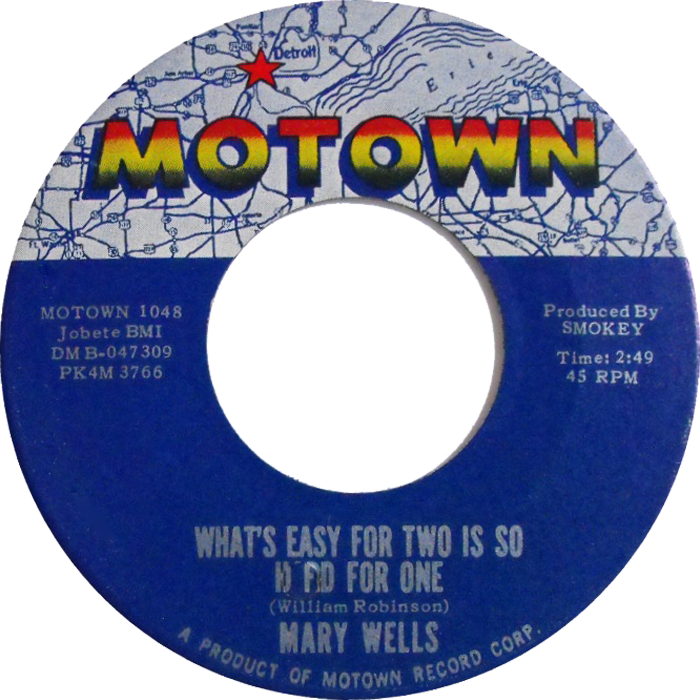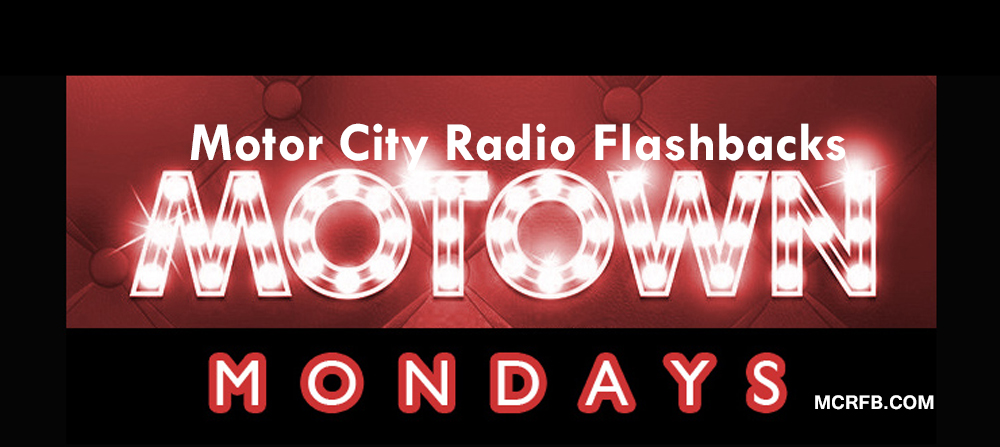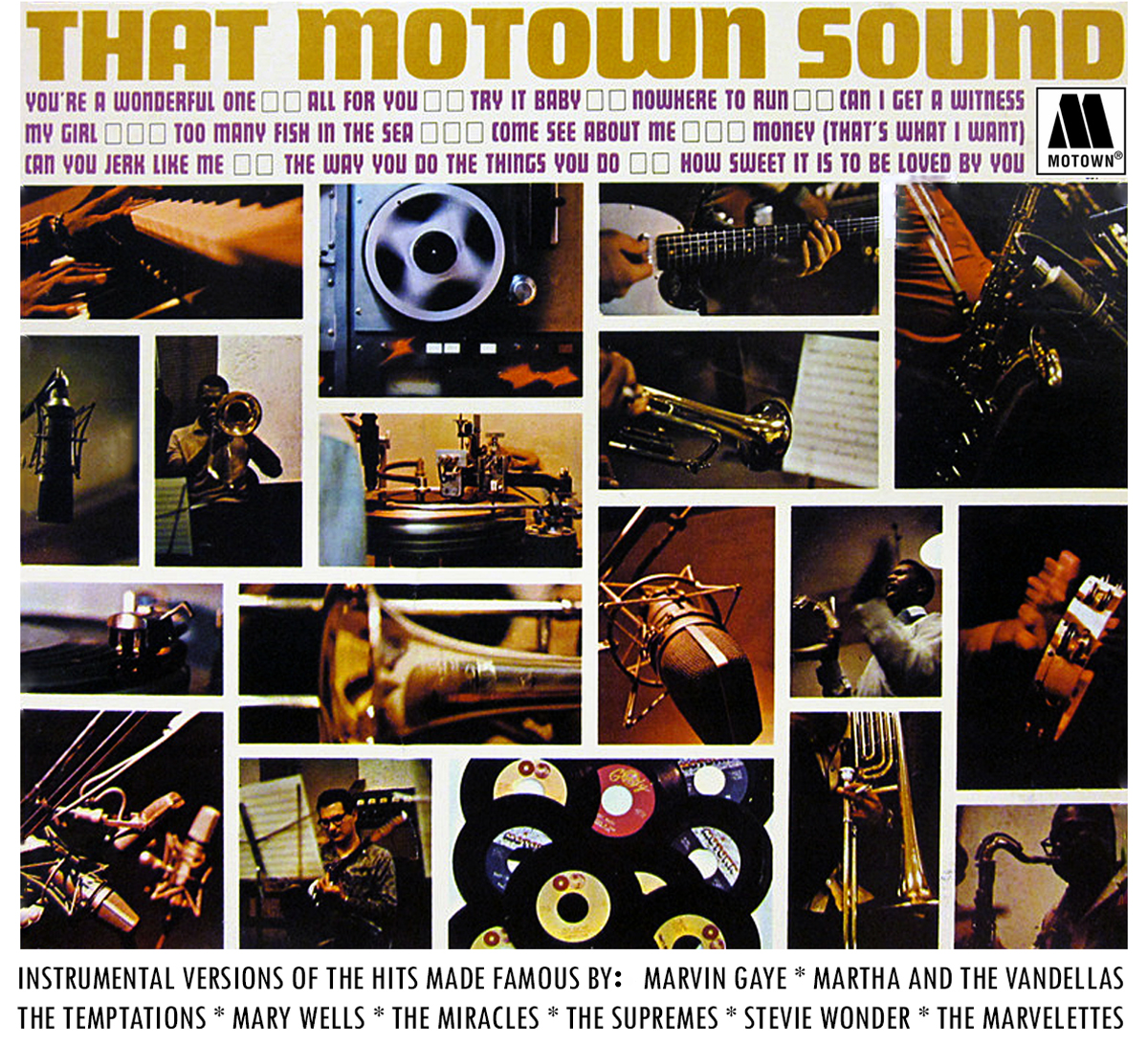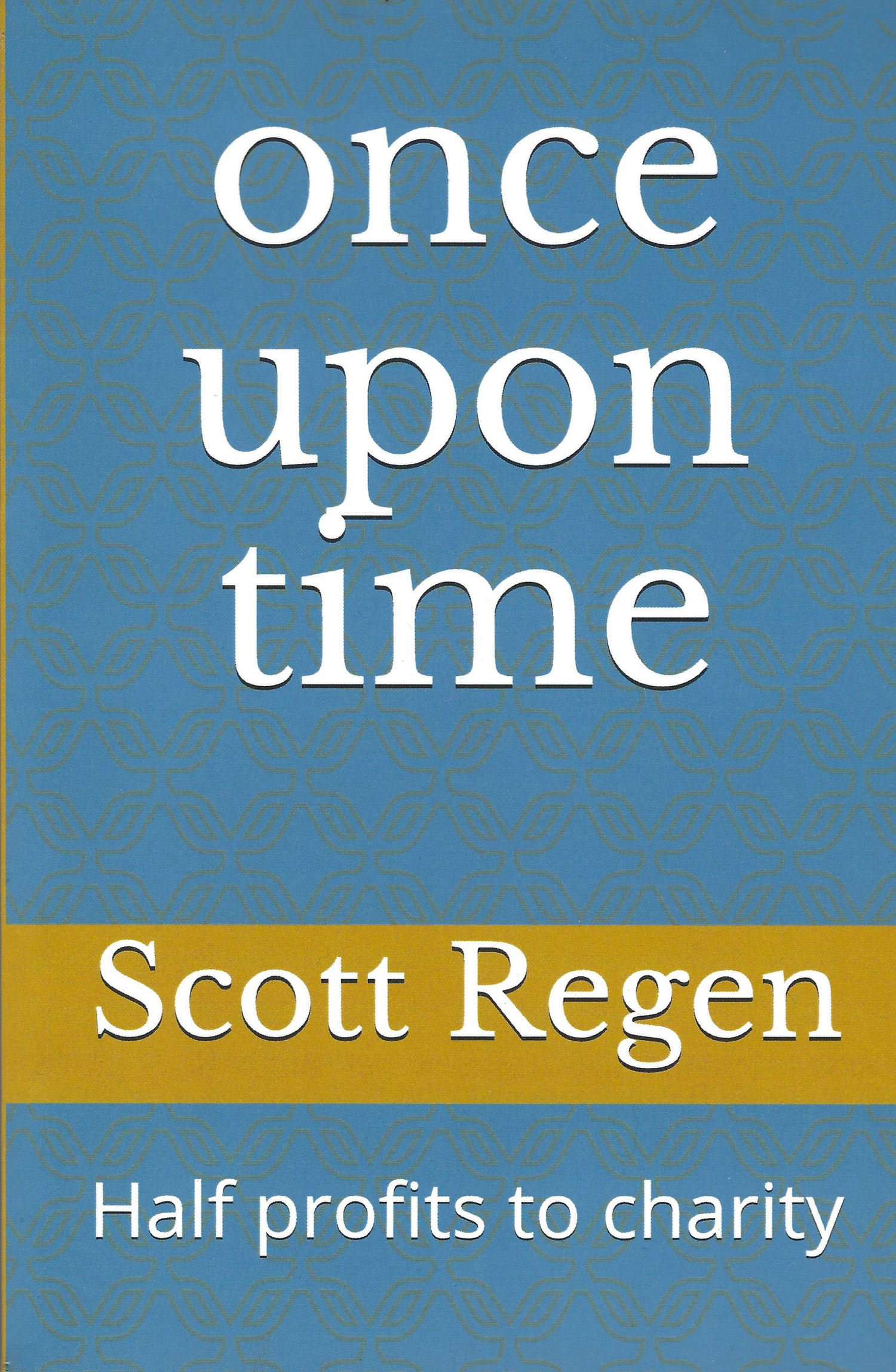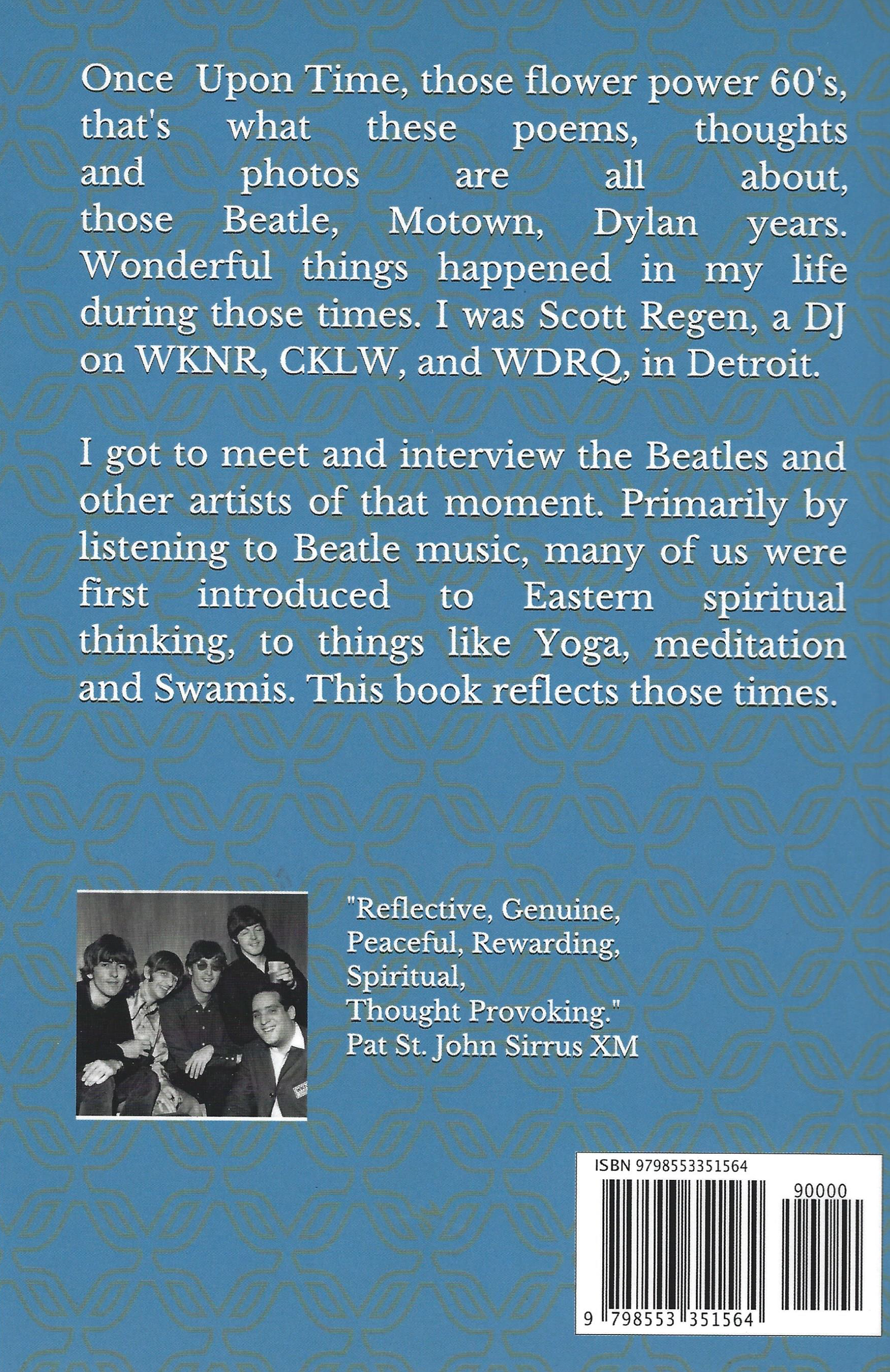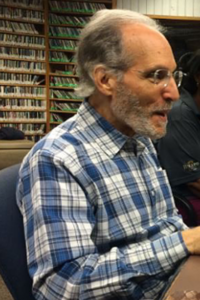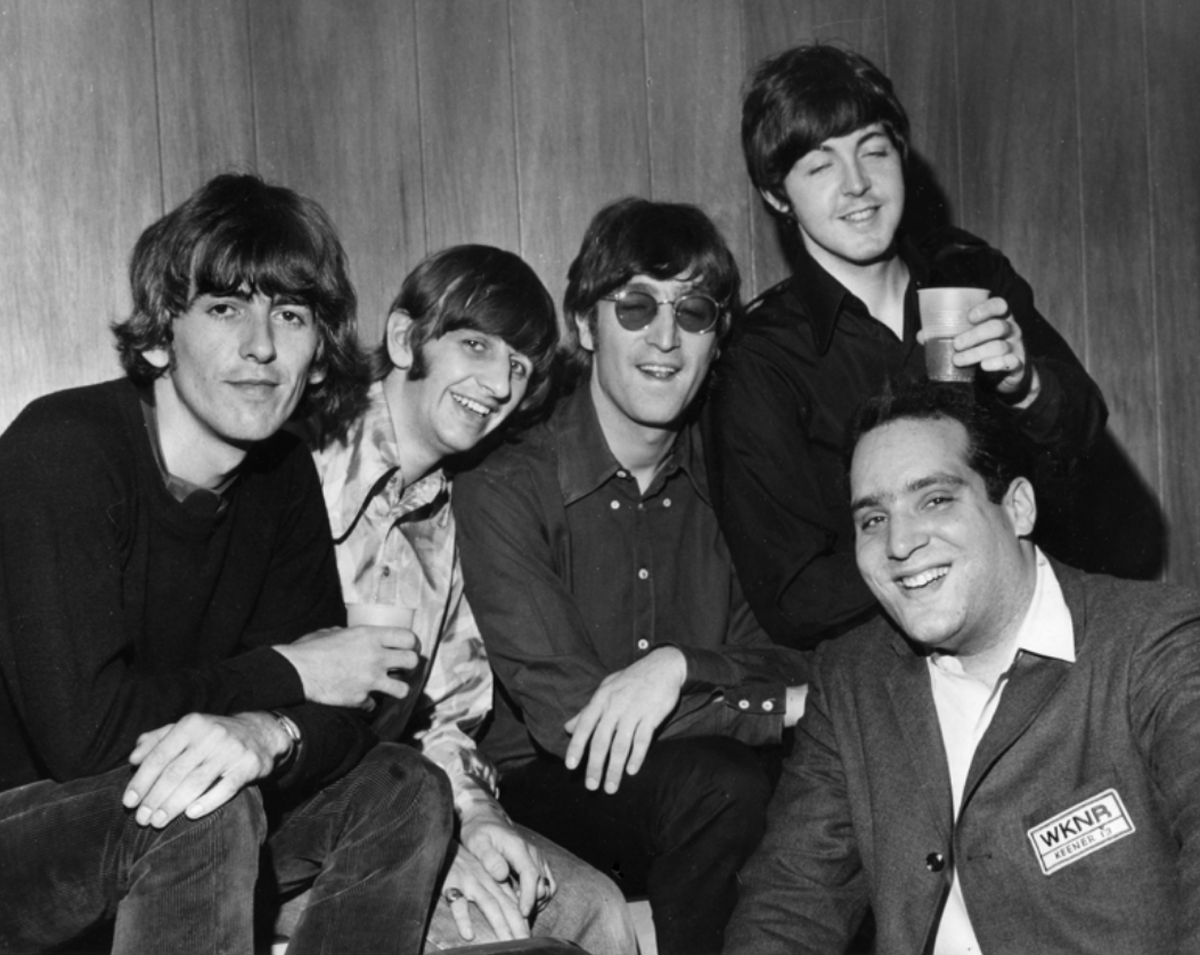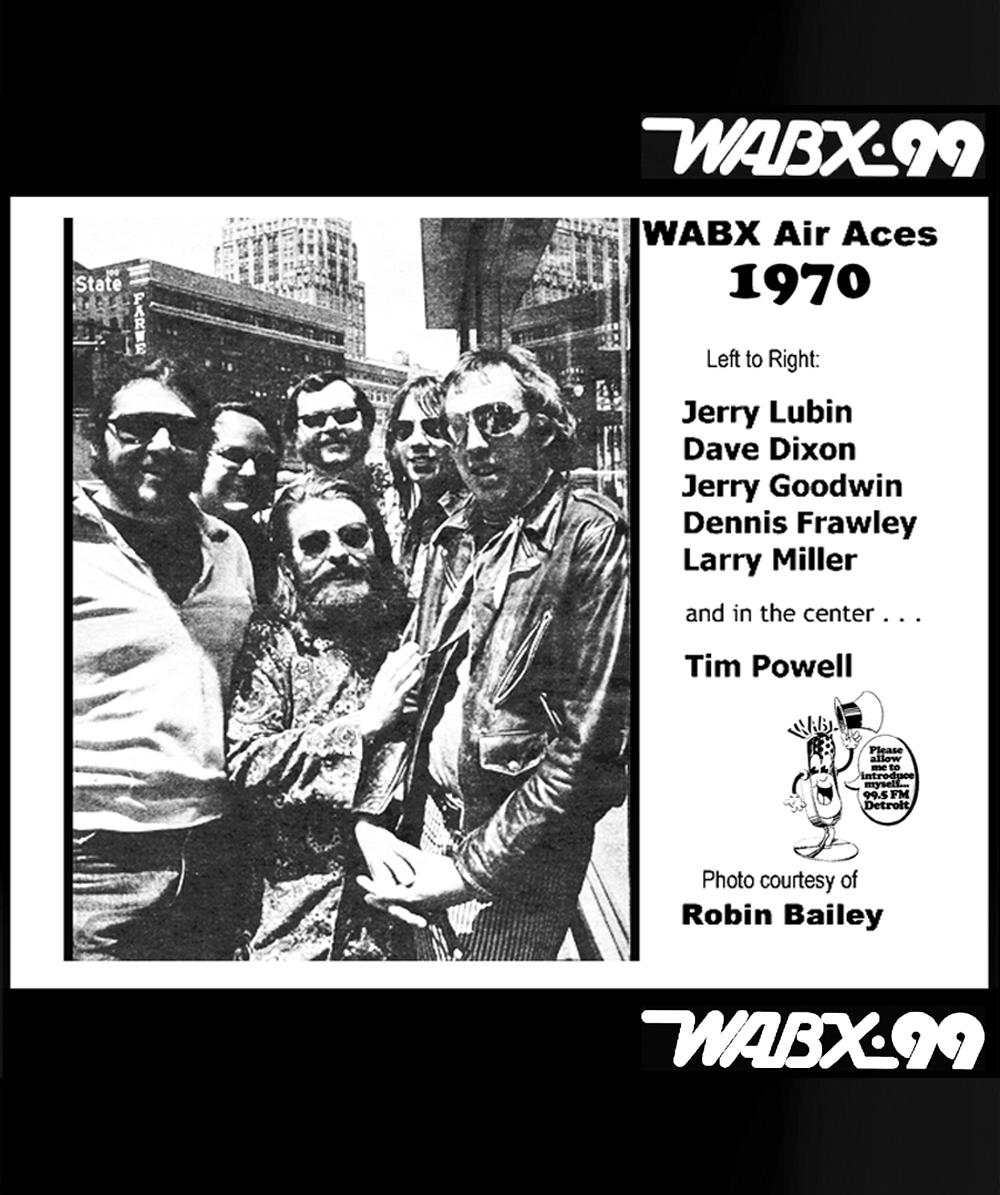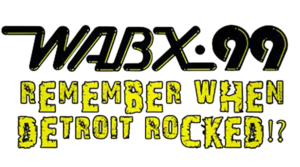THE DICK CLARK BEECH-NUT SHOW
— THE LITTLE THEATER NYC —
_______________

The Dick Clark Saturday Night Beech-Nut Show was Dick Clark’s second attempt at a prime time show. His first, a prime-time version of American Bandstand, ran only 13 weeks. The Beechnut Show was much more successful lasting almost 3 years.
The Dick Clark Saturday Night Beechnut Show was broadcast live, on ABC-TV, Saturday nights from the Little Theatre in New York City. Every weekend, Dick Clark commuted from Philadelphia to NYC to do the “Beechnut” show.
There was actually two shows done each Saturday. The first was a rehearsal show where the artists could sketch out their performances and Clark could line everything up. This would have a different audience then the second show which was the one that was televised. 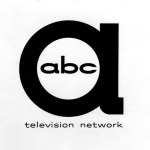 Beechnut Gum was actually picked up as a sponsor for the third episode to the conclusion of the show’s run. The artists that appeared usually “lip-synched” to their records. Very few actually performed live.
Beechnut Gum was actually picked up as a sponsor for the third episode to the conclusion of the show’s run. The artists that appeared usually “lip-synched” to their records. Very few actually performed live.
This is the only show to be able to make the claim of having Buddy Holly, Ritchie Valens and the Big Bopper as guests (though on different episodes). All three were killed together in a plane crash on February 3, 1959.
Amazingly, Elvis Presley and Ricky Nelson, two of the biggest stars of the period, never appeared on the show. The first show aired on February 2, 1958 with guests Jerry Lee Lewis, Chuck Willis, Johnny Ray and the Royal Teens. The final show aired on September 10, 1960. MORE . . . .
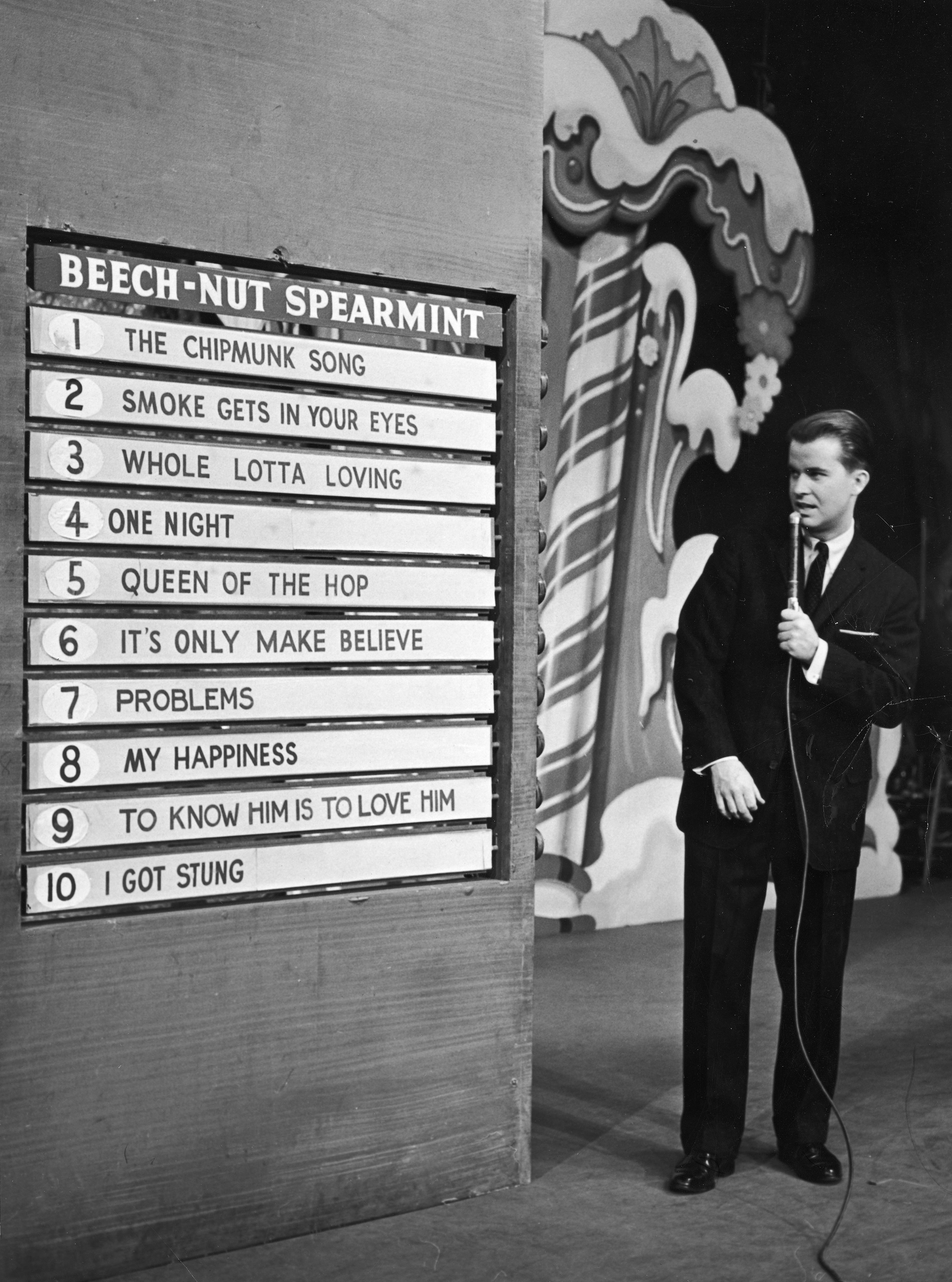
FLAVOR-I-F-I-C!
_______________
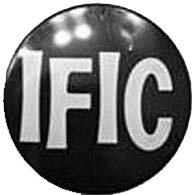 For our previous fourth installment four-video posting of ‘Saturday Night Beech-Nut Show with Dick Clark,’ published on MCRFB on November 4, 2015 GO HERE.
For our previous fourth installment four-video posting of ‘Saturday Night Beech-Nut Show with Dick Clark,’ published on MCRFB on November 4, 2015 GO HERE.
Above information provided by TV.com. For the complete 1958-1960 Dick Clark Beech Nut Show summary and artist-appearance listing for every show go over here to TVdb.com.
About the IFIC button seen worn by attendees in the Beech-Nut show audience? Well, it stands for ‘FLAVOR-I-F-I-C.’ As in Beech-Nut chewing gum! Special thanks to Edward Bowman for sharing that ‘trivia’ bit of information with Motor City Radio Flashbacks.
Motor City Radio Flashbacks will be showcasing these rare Dick Clark video presentations here on this website from time to time.
In this fifth installment, we present four video classics (below) from the Dick Clark Beech-Nut show as was first broadcast on national television during that memorable late-’50s rock and roll era, featured below.
_______________
FEATURING
_______________
THE CHAMPS (May 3, 1958) SAM COOKE (March 14, 1959) JACKIE WILSON (March 21, 1959) SANTO & JOHNNY (August 1, 1959)
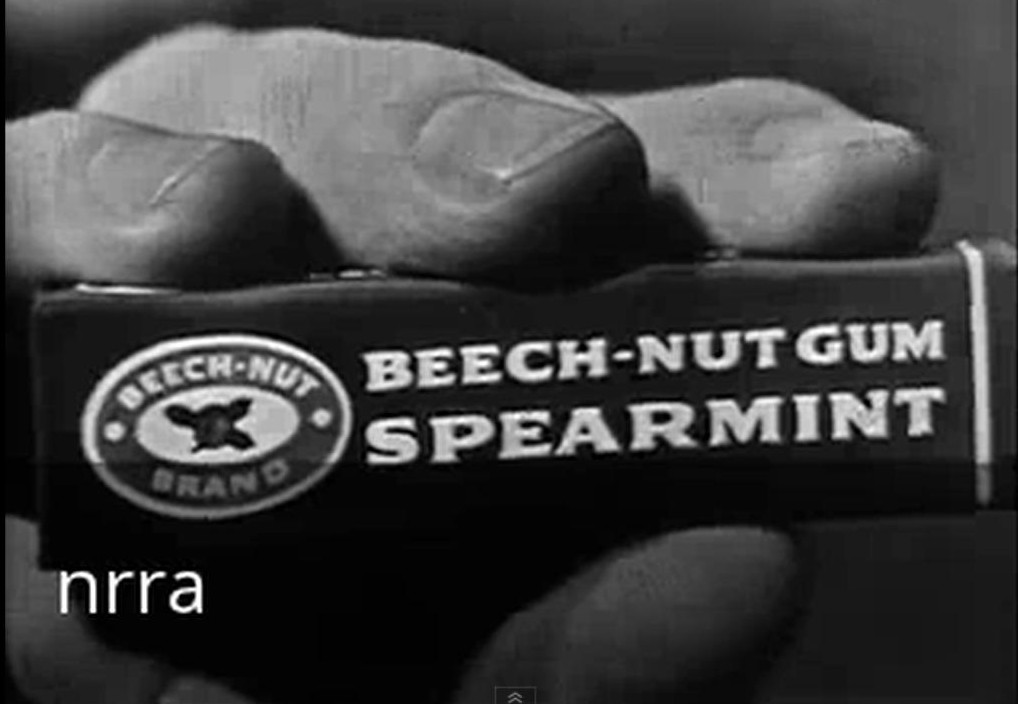
![]()




